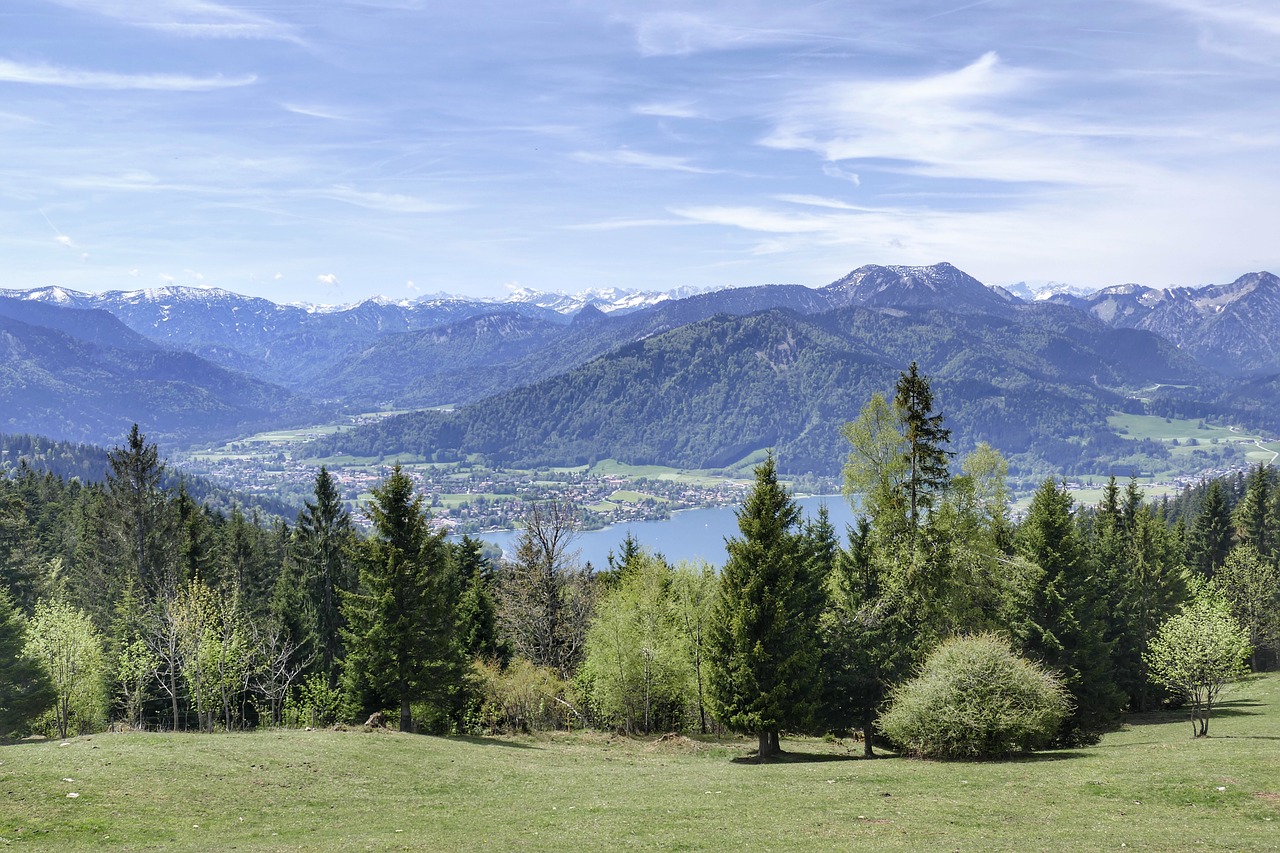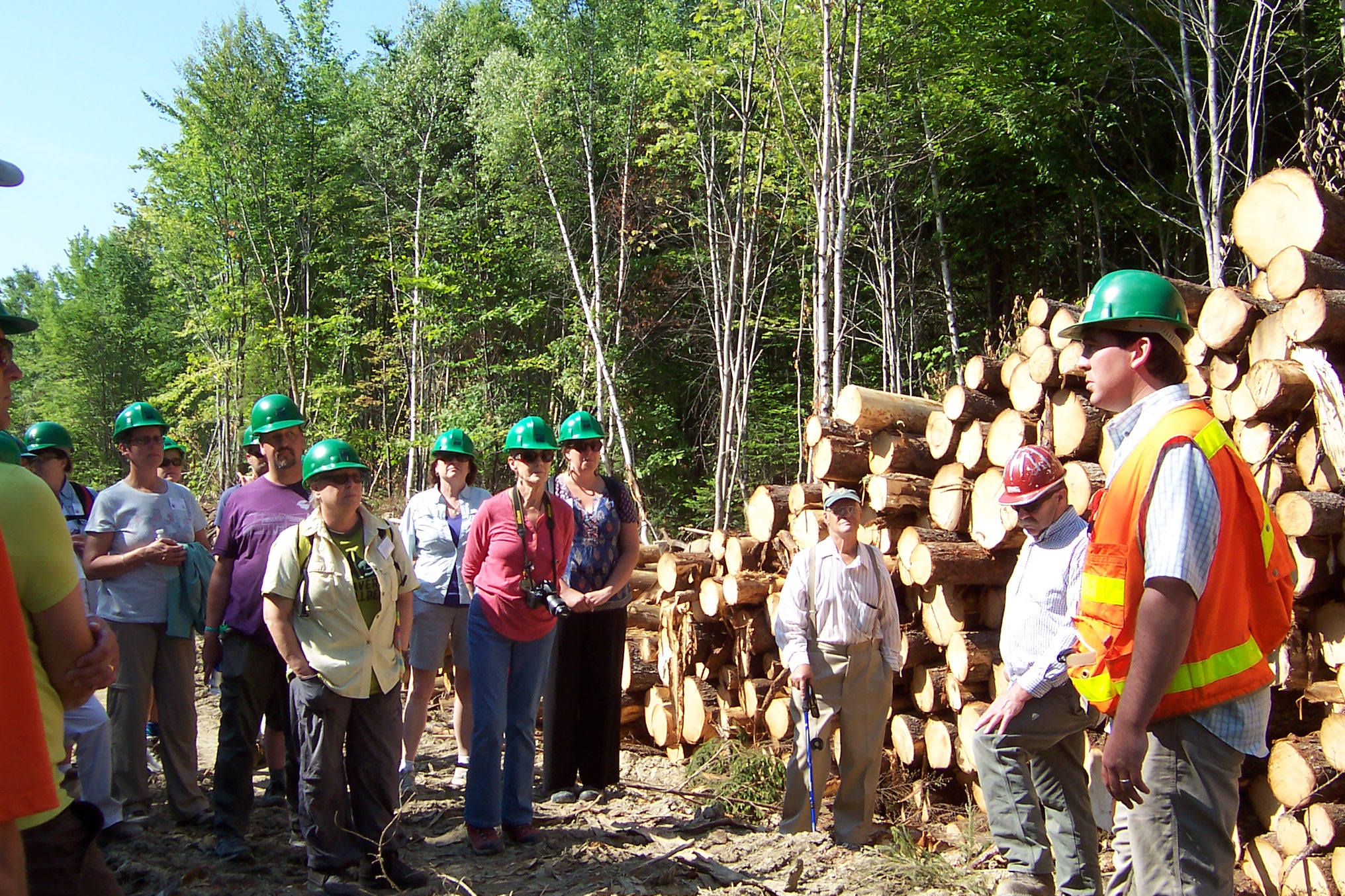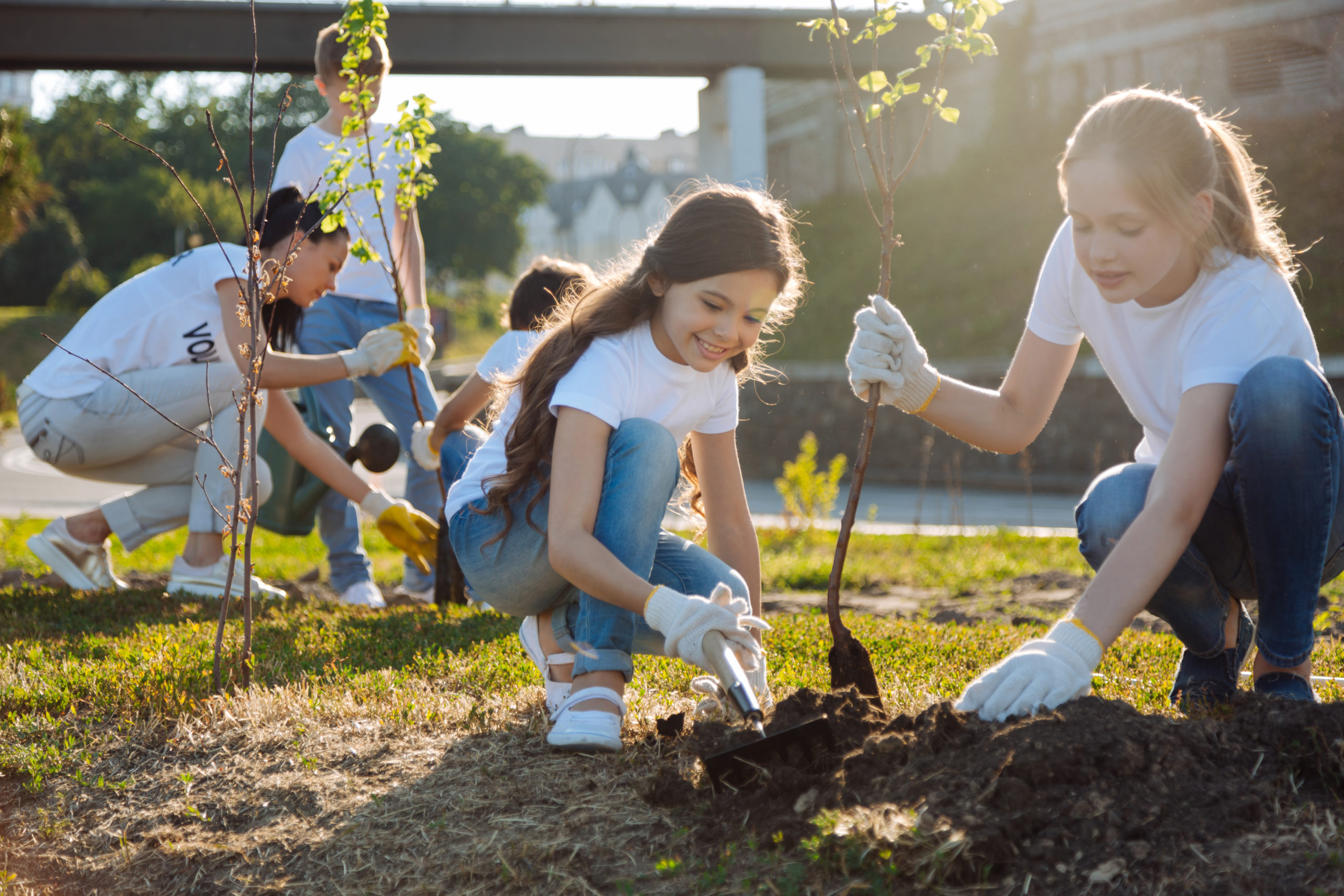May 18, 2018 | By Tammy Brown | Educator Tips, Getting Started
These stories will not only help students learn about trees, but more importantly, appreciate their significance and value. These books can help start a conversation about our relationship with nature, conservation, and life cycles.
May 15, 2018 | By Project Learning Tree | EE Resource
For honey bees to produce honey, they consume pollen and nectar from a variety of flowers. Honey bees are attracted to gardens and fields that offer a variety of flowering vegetation. In addition, they need water. Kim Flottum, editor of the Bee Culture magazine, writes in his book The Backyard Beekeeper: An Absolute Beginner’s Guide to… Read more »
May 8, 2018 | By Vanessa Bullwinkle | News
This in-depth professional development includes critical thinking, lesson planning, time outdoors, and lots of resources to incorporate teaching about forests and forestry into your classroom.
May 3, 2018 | By Project Learning Tree | EE Resource
Composting is easy, especially if you are already working with your students on a school garden. A Guide to Setting up a Simple Backyard Compost System explains where to place it, what you can and can’t put in it, and the necessary steps you need to take to be successful to create “black gold.”
May 3, 2018 | By Project Learning Tree | EE Resource
Designed by the National Center for Atmospheric Research and the University Corporation for Atmospheric Research, Kids’ Crossing engages students in grades 5-9 in learning about atmospheric and Earth science content with activities, games, and factsheets. For example, students can make a cloud, make a tornado in a bottle, dissect hailstones, and create homemade lightning using this Atmospheric Science… Read more »
May 3, 2018 | By Project Learning Tree | EE Resource
In this Encyclopedia of Life podcast called Starlings, most appropriate for grades 8-12, students will learn how humans have inadvertently put out the welcome mat for this alien species, the common starling. It’s a non-native species that is omnivorous, gregarious, adaptable, and highly successful in its adopted land. This podcast is just one in a series… Read more »
May 3, 2018 | By Project Learning Tree | EE Resource
This activity from Scientific American called Can Plants Help Slow Soil Erosion? helps students learn how soil erosion causes ecological problems, pollutes waterways, and increases the risk of natural disasters. Students complete an experiment to test the impact of methods to prevent soil erosion.
May 3, 2018 | By Project Learning Tree | EE Resource
For a twist on PLT’s PreK-8 Guide Activity 27—Every Tree for Itself, check out Every Bee for Itself. Developed by a Texas PLT educator, Allen Smith, this activity focuses on the things bees need to survive: pollen, nectar, and shelter. Students learn about how bees communicate with each other and even make up their own bee… Read more »
May 3, 2018 | By Project Learning Tree | EE Resource
A National PLT Outstanding Educator from Minnesota, Karen Christenson, created a student page for PLT’s PreK-8 Guide: Activity 3—Peppermint Beetle for use with students in grades K-3. In this activity, students explore their sense of smell and discover why smell is important to animals, including themselves. In the student worksheet, Inquiry is Observing, students are reminded… Read more »
April 11, 2018 | By Mark Haskell | STEM Strategy
There is much to know before planting a tree. These STEM lessons help students learn how to plant the right tree in the right place.




